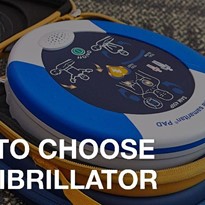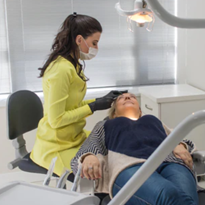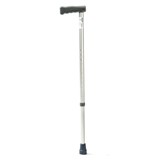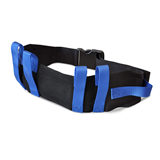Below, we’ll list and discuss the most common kinds of canes. Keep in mind that some of them can be used in combination. For instance, some quad canes come with an effective grip and can be folded.
The most common kinds of cane include:
- “C” Cane
o It is among the most basic forms of walking canes. It’s a single-tip straight cane that has a curving (C-shaped) hand. It assists in balancing by increasing the range of supports. The users of these canes will require only minor help in balance or keeping the weight off of one leg.
o Pros: Provides some help It is widely accessible.
o Cons: Not suitable for those who require more than light support It’s not a stand-alone thing. - Functional Grip Cane
o Specifications: This is the kind of cane that is the first thought that comes to mind for a majority of people. It’s a straight, single-tip with straight handles (perpendicular to the shaft). The straight handle gives greater control and grip than a curved handle. This kind of cane is perfect for those who need some extra help with balance.
o Pros: It is easy to grip and provides more support than an “C” cane; Widely accessible; Often easily foldable to store in a convenient way and storage; Most often have an adjustable height
o Cons: Many aren’t able to stand on their own They aren’t as strong as the quad cane. - Offset Handle Cane
o Specifications: The design for this walking cane guarantees your weight remains evenly distributed in a way that it rests on the largest portion of the cane. The increased weight distribution leads to greater stability. It is suitable for people who require a partial the weight of their cane.
o Pros: Better weight distribution; Offers more support than a normal functional grip cane
o Cons: Not as sturdy as a quad-cane. The majority of them don’t stand on their own. - Quad Cane
o The advantages: Instead of one tip the base features four supports at the bottom, which create a rectangle base with varying sizes. It usually comes having an offset handle and is ideal for people who require the most support. It is able to support more weight than the single-tip cane and minimizes the chance of falling. It can be used on its own instead of leaning against something when it is not being used.
o The advantages: Four supports give greater stability; it Stands on its own and often has an adjustable height
o Cons: It can be heavier and more difficult to move than a single-tip cane. Most often, they aren’t foldable for storage. - Hemi Walker
o Specifications: As the name implies, this kind of cane is a bit closer to a walker than other canes. It has a larger foundation than the quad cane and is typically used by people who are transitioning from or to walking.
o Pros: Offers the best assistance
o Cons: It is heavier It is difficult to use when climbing stairs. - Folding Cane
The advantages of a folded cane can be described as a standard cane — typically an ergonomic grip cane that can be folded. When folded, it can be carried on the wrist strap or put in bags.
Pros: Lightweight; Great for those who travel. Typically, they come with an adjustable height
Cons: Could not be as strong as other canes.
Sizing Your Cane
A single of the crucial things to do prior to using the cane is to ensure that it’s in the right size. If the cane is too long, it’ll make it more difficult to lift it up and move it when walking. A cane that is too small could make the person lean towards the side and even make it harder to maintain balance.
The purchase of an adjustable cane allows you to size your cane much more easily. When you purchase this type take these steps to ensure you have the right cane height:
- Always talk to your physical therapist or physician to make sure the cane you are using is appropriate for your particular condition.
- Place the walking cane on the opposite hand of the leg that is weak or injured.
- The cane must be at the same height as the hip bone in the upper thigh.
- It is recommended that the elbow be bent around 20 degrees when your hand is placed against the cane.
How to Use Your Cane
If you’ve finally found the right cane, you’re ready to start moving. But before doing that take note of the following guidelines on how to properly use a cane:
- How do you safely use a cane:
- Make sure you use the correct type of cane, as recommended by medical professionals.
- Check that your cane is at the correct size for your height.
- Do not let your cane’s tip fall off as it’ll fall off its grasp. Replace it if it appears tired.
- How to utilize a cane on an even surface:
- Keep the cane with your hands to your side unaffected to provide assistance to your lower leg.
- The cane should be moved forward in tandem with the leg that is affected.
- Make sure the cane is in its position as you move forward using your leg that is not affected.
- Your weight should be pushed through your arm while holding the cane when needed.
- Always ensure that the lower limb performs the first weight-bearing step when walking on flat surfaces.
- What is the best way to make use of a cane when climbing the stairs:
- Grab the railing using your free hand, if it is possible.
- If you want to go upstairs, and you’re suffering from an injury to your legs or a handicap, start using the leg that is stronger first. Then, move the cane as you walk up with the leg that is affected.
- To walk downstairs, bring your cane towards one of the steps first, then followed by your leg that is affected. Then, you can move your unaffected leg.








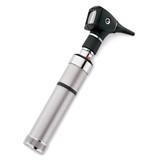
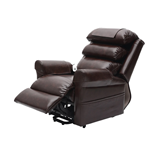
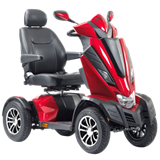
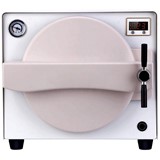
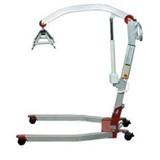
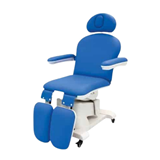







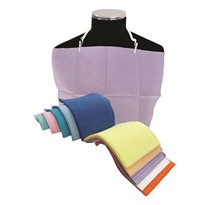


-205x205.jpg)

